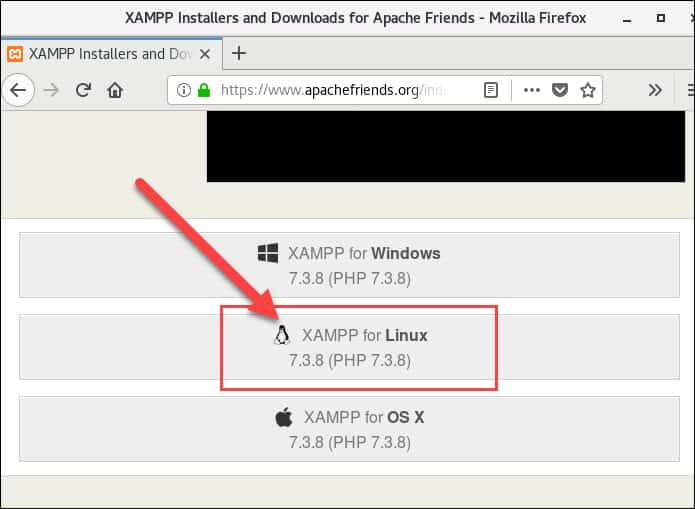

XAMPP Home page and select XAMPP for Linux, that contains direct link that can be used for the latest version. Install XAMPP on Ubuntu or Ubuntu-based Distros Download the XAMPP installer Follow the same steps to install into other Ubuntu-based Distros. In this article, we will see how to install this open-source application in Ubuntu or Ubuntu-based distributions.


While writing this article, the latest release version is 8.0.6. Here you will find latest release as well as previous versions. To download the Linux installer head over to theĭownload page. It’s currently available on Windows, Linux & Mac platforms while writing this article. XAMPP has been used widely by developers and has been around here with huge support of community since more than 10 years. XAMPP stands for cross-platform ( X), Apache ( A), MariaDB ( M), PHP ( P), and Perl ( P). It is an open source package that can be easily install and to use. Now your laucher for XAMPP will be on the desktop and save you a few clicks and keypresses when you need to start it up.XAMPP is one of the most popular cross-platform PHP development environment. Enter “ sudo /opt/lampp/lampp start” into the Command field.Įnter the XAMPP startup command to create a launcher for it.Enter “Start XAMPP” for the Name (or enter whatever you want to call your shortcut).Select “Application in Terminal” for the Type.Right-click on the Ubuntu desktop and select “Create Launcher.”.If you want to create a similar launcher, follow these steps: This way I can start it with just a double-click of the mouse instead of launching the terminal and typing in the command. a shortcut for us Windows folks) on the Ubuntu desktop for the Terminal command to start XAMPP. To get around this, I created a simple launcher (i.e. XAMPP needs to be manually restarted the next time I use the VM, which can be a little tedious after a while. Running VirtualBox takes up a significant amount of RAM, so I like to shut it down when I’m not using it. Over time I’ve developed a few simple tips that make my workflow a little more efficient, so I wanted to share them with anyone else who read my previous tutorial on setting up a VM as a WordPress development environment. I do most of my WordPress development using a combination of VirtualBox and Ubuntu. This entry is part 3 of 4 in the series WordPress Development Environment.


 0 kommentar(er)
0 kommentar(er)
